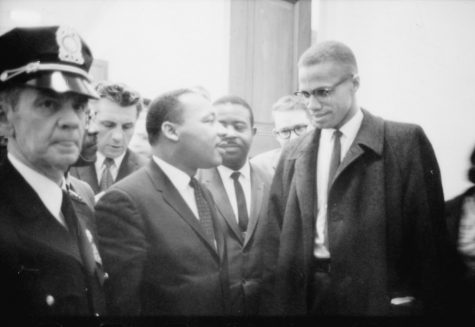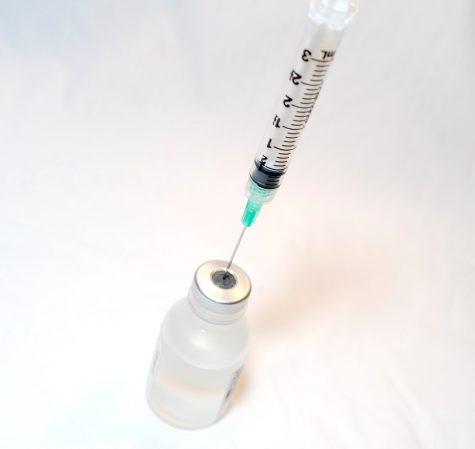Boeing Airplane Crashes: What Happened?
May 2, 2019
The Two Boeing Crashes
On October 29, 2018, budget airline Lion Air Flight 610 departed from the Soekarno-Hatta International Airport, Jakarta, Indonesia. The flight was headed to Pangkal Pinang. After a few minutes after takeoff, the plane reported experiencing airspeed and altitude issues. The pilots were searching for the checklist from the handbooks, according to the cockpit voice recorders which were recovered. After asking for a turn back to the airport, the plane crashed just off the shore from Jakarta. All 181 passengers and 8 crew member did not survive. The following day the Indoniasia Transportation Ministry asked all airlines with a 737 Max 8 to perform an inspection.
After several months, the aviation industry was being questioned once again following another deadly crash involving a 737 Max 8. On March 10, 2019, the plane departed from Addis Ababa, Ethiopia headed to Nairobi, Kenya. The plane crashed six minutes after take-off, killing all 157 people on board. Some witnesses on the scene say there was an intense fire on the moment of impact. The following day, Monday, Ethiopia called for a day of mourning.
What We Know About the Aircrafts
The Boeing 737 Max 8 is a relatively new plane; entering the commercial skies during the year 2017. Its rival Airbus are both competing to be the top plane for airlines. Both are the only two in the market, and because their offerings are so fundamentally similar, the competition for this slice of the plane market is both intense. If one company were to gain an advantage over the other, it would be a minor catastrophe for the losing company. In mid-2011, Boeing’s objective was to match the A320 neo’s 15% fuel burn advantage, but Boeing’s initial reduction was 10–12%; it was later enhanced to 14.5 %. The Max 8 has a lower empty weight and higher maximum takeoff weight than the Airbus’ A320 neo. Also, Boeing 737 Max 8 aircraft has engines mounted higher and further forward than previous 737 models. This engine relocation and the new nacelle shape cause an upward pitching moment. In order to pass certification requirements, Boeing employed the Maneuvering Characteristics Augmentation System (MCAS) to automatically apply nose-down trim when the aircraft is in steep turns or in low-speed, flaps-retracted flight. Before the plane was suitable for flying there had to be inspections, however, the FAA delegated Boeing to review its own products. During this time, Boeing was also rushed to release this product as soon as possible to the market. The main goal was to create a plane that was new, but as similar to the old plane. From a business perspective, this would reduce the extensive and expensive process needed for certification and training needed for pilots. From an engineering perspective, it would be better to just create a new plane.
Possible Causes of the Crash
Boeing came up with a cockpit warning light that would alert the pilots if the plane’s two angle-of-attack sensors disagreed. However, Boeing made this sensor optional for airlines; in other words, the airlines had the choice of adding these warning lights. The cost was $80,000 per plane-which isn’t really a lot considering it is a safety enhancement on a multimillion-dollar plane. Neither Lion Air nor Ethipioan chose to buy it considering it was an “add on” and not mandated. Right now, the company is trying to patch things up: a software update here, and a new warning light there in hopes of persuading global regulatory agencies to let its planes fly again. The software update for the Boeing 737 MAX 8 comes after nearly all 737 MAX 8s were grounded around the world last month. The software update is regarding the MCAS, an anti-stalling system, which is suspected of having a role in both crashes. According to Ethiopian authorities, there are “clear similarities” between the Lion Air incident and the Ethiopian Airlines crash. As of now, the investigation is still pending.
Has Aviation Safety Improved?
The most dangerous part of taking a plane is actually the drive to the airport. According to the National Highway Traffic Administration (NHTSA), car accidents occur every minute of the day. From 2013 through 2017, zero people have died in crashes of commercial jets on U.S. soil. Aviation has drastically improved throughout the years. Today’s aircraft are the safest machines to be ever created. There are a numerous amount of systems that look over a plane while it is in the midst of a flight. On a positive note, there are many agencies that are constantly checking up on commercial jets, so travelers can get to their point B as safe as possible.












